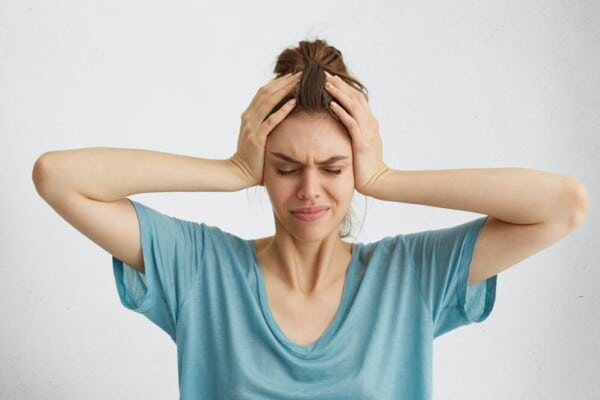
When a headache strikes, the tension, throbbing, or stinging sensation can disrupt concentration, productivity, and daily life. As one of the most common physical discomforts worldwide, headaches affect nearly half of all adults annually, with tension-type headaches and migraines being the most prevalent. Understanding the different types of headaches and mastering scientifically proven relief methods are essential for managing this “silent nuisance.”
1. Identifying Your Headache: Types and Causes
Not all headaches are the same. Effective treatment starts with accurate identification:
- Tension-Type Headache (Most Common)
- Causes: Stress, poor posture, prolonged screen use, or muscle tension.
- Symptoms: Dull, band-like pressure around the head, mild to moderate pain, no nausea.
- Migraine
- Causes: Hormonal changes, certain foods (red wine, aged cheese), irregular sleep, bright lights, or stress fluctuations.
- Symptoms: Throbbing, one-sided pain, nausea, light/sound sensitivity, possible “aura” (visual disturbances).
- Cluster Headache (Most Severe)
- Symptoms: Intense, stabbing pain around one eye, tearing, nasal congestion. More common in men.
- Secondary Headache (Medical Emergency in Some Cases)
- Warning Signs: Sudden severe pain, fever, confusion, weakness, or post-injury headache. Seek immediate medical help.
2. Fast-Acting Relief: Immediate Strategies
When a headache strikes, try these methods:
- Cold or Heat Therapy
- Tension headache? Apply warmth to neck/shoulders.
- Migraine? Use a cold compress on the forehead.
- Rest & Environment
- Move to a quiet, dark room.
- Take a 20-minute nap (avoid oversleeping).
- Acupressure Points
- Taiyang (Temples): Gentle circular pressure.
- Fengchi (Base of Skull): Firm thumb rotation.
- Hegu (Hand): Strong pressure (avoid during pregnancy).
- Hydration & Caffeine
- Drink water (dehydration is a common trigger).
- One cup of coffee may help early-stage migraines (don’t overuse).
- Relaxation Techniques
- Deep breathing, progressive muscle relaxation, or meditation.
3. Prevention: Long-Term Strategies
Reduce headache frequency with consistent habits:
- Sleep Hygiene
- Stick to a regular sleep schedule (7-9 hours).
- Avoid screens before bed.
- Stress Management
- Exercise (150+ mins/week of walking, swimming).
- Practice mindfulness or yoga.
- Diet & Triggers
- Stay hydrated, avoid processed meats, aged cheese, and alcohol.
- Eat magnesium-rich foods (leafy greens, nuts).
- Posture & Eye Care
- Follow the 20-20-20 rule (every 20 mins, look 20 feet away for 20 sec).
- Adjust screen height to eye level.
- Headache Diary
- Track pain patterns, triggers, and relief methods.
4. When to See a Doctor
Watch for these dangerous warning signs that require immediate medical attention:
- A sudden, explosive “worst headache of your life” (often called a thunderclap headache)
- Any headache accompanied by fever, stiff neck, confusion, or neurological symptoms like weakness
- Head pain that develops after a head injury, even if the impact seemed minor
- Experiencing new, persistent headaches after age 50
Final Thoughts
Headaches don’t have to control your life. By identifying triggers, using fast-acting relief, and adopting preventive strategies—like proper sleep, hydration, and stress management—you can minimize their impact. Always watch for red flags and consult a doctor when needed. With these science-backed methods, clearer, pain-free days are within reach.



